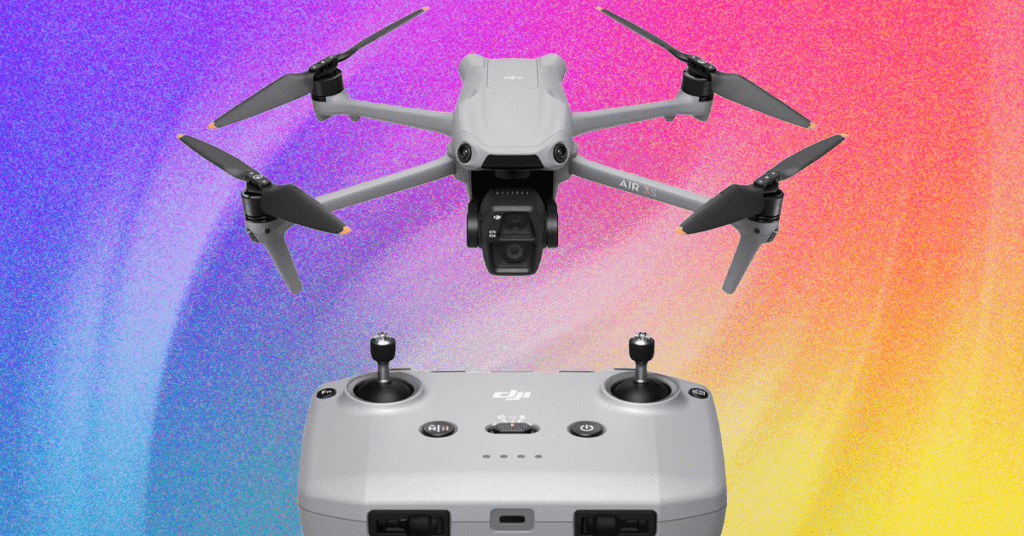By beaming an ultra-low latency stay feed from its digital camera instantly right into a pair of goggles, a first-person view (FPV) drone places you proper within the cockpit of a small and agile plane capable of squeak by means of the smallest of gaps and pull off breath-taking strikes like flips, barrel rolls, loops and vertical plunges. These aren’t drones you purchase to get pristine photographs of large open vistas a lot as to expertise (and doc) an adrenaline-inducing rollercoaster journey by means of a decent, obstacle-populated setting.
As such, piloting an FPV drone is a very totally different, solely tougher kettle of fish than piloting a normal digital camera drone. Not solely do you lose the anti-crash guard rails utilized by many drones, however you’re flying at better pace, with much less time to react. The DJI Avata 2 (8/10, WIRED Recommends) brings down the ability necessities to a extra beginner-friendly degree, all whereas capturing video at 4K/60 fps or 2.7K/120 fps. Whereas it doesn’t have computerized impediment avoidance, the Avata 2’s motion-sensitive controller and skill to shortly brake and hover in mid-air make it much more forgiving than the total handbook twin-stick controls utilized by most FPV drones.
The Avata 2’s goggles are additionally improbable, pairing with the drone and delivering a crystal-clear picture by means of its pair of micro OLED screens. They’re even snug for these with poor eyesight, like myself, because of eyepieces that may be adjusted for inter-pupillary distance and a diopter for correcting imaginative and prescient.
I’d liken flying the Avata 2 to driving a motorbike with the coaching wheels on, as a result of there are particular strikes you may’t pull off with the movement controller, equivalent to steep dives, the place the motors reduce out utterly and the drone drops like a stone. If you wish to carry out these riskier stunts, the gamepad-style DJI Distant Controller 3 is offered as an elective add-on.
{content material}
Supply: {feed_title}

